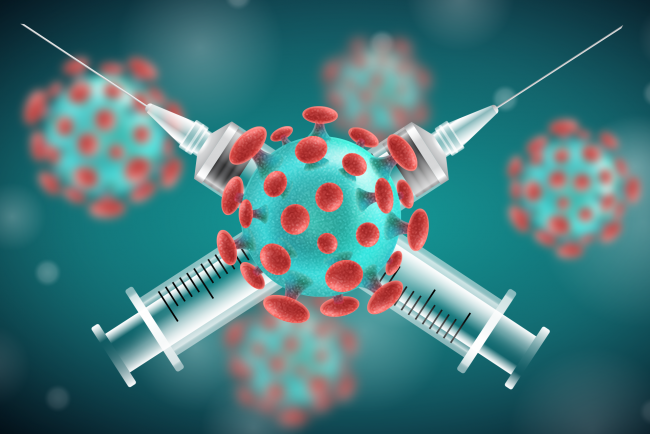Mixed infection can be quite severe and cause the most adverse consequences. To avoid this, it is recommended to follow the rules of prevention.
How does the disease progress if I get COVID-19 and the flu at the same time? How long does it last?
The combination of two viruses that affect the respiratory system, as a rule, contributes to a more severe and prolonged course of the disease. However, the severity of manifestations and their duration is influenced by many other factors: vaccination, age of the patient, chronic diseases, timeliness and correctness of treatment. If a person is vaccinated against coronavirus infection and against influenza, then the likelihood of severe symptoms and a severe course is minimal, and the disease passes faster. In children under the age of one year and the elderly, those who have cardiovascular or bronchopulmonary pathology, diabetes mellitus has a much higher risk of severe and prolonged course.
Have there been cases of simultaneous infection with coronavirus and influenza in Russia?
Cases of simultaneous detection of SARS-CoV-2 coronavirus and influenza have been known to scientists almost from the very beginning of the pandemic. They were registered in different countries, including Russia. One of the first such cases was reported among New Yorkers who fell ill with COVID-19 in March-April 2020. There were also reports of patients with a combination of these two viruses detected in the Russian Federation: for example, in October 2021 in the city of Sevastopol, both the influenza virus and SARS-CoV-2 were simultaneously detected in a sick pregnant woman.
How to understand that a person is infected with the flu and coronavirus at the same time? Are there any specific symptoms?
It is not easy to determine the simultaneous infection with two viruses without laboratory diagnostics. The flu is characterized by a very rapid increase in symptoms: in just a few hours, the body temperature rises to 38-39 degrees or more, headaches and muscle aches appear. With coronavirus infection, the symptoms of the disease develop gradually. If after a certain period of time the loss of smell joins, taste sensations change, then the probability of a combined infection is high. However, if influenza infection occurred during the incubation period of a coronavirus infection, then the symptoms may occur almost simultaneously. In cases of infection with the omicron variant, complaints of changes in taste and smell characteristic of COVID-19 are rarely recorded.
How will I be treated if I get COVID-19 and the flu at the same time?
The correct treatment can only be prescribed by a doctor, taking into account the severity of symptoms, the age and characteristics of the patient. In any case, it is important to start treatment as soon as possible, strictly follow the recommendations, paying attention to the dose and time of taking the drugs. In most cases, no additional drugs will be required when detecting influenza associated with coronavirus, since broad-spectrum antiviral drugs used for COVID-19 work against both viruses, and symptomatic therapy is the same. It is very important not to forget about drinking plenty of water, which helps to remove intoxication. To reduce the amount of viruses that are on the mucous membranes, you need to gargle and rinse your nose with the solutions recommended by your doctor.
Who is at risk? What preventive measures work?
Those who are not vaccinated and do not use protective masks when visiting crowded places in enclosed spaces are most likely to be infected with two viruses at the same time. The most dangerous areas of the dance floor at concerts, queues in front of the box office, public transport. There is also a high risk of infection among teachers and health workers. Today, with timely vaccination and revaccination, the correct use of protective masks and respirators, maintaining social distance, timely hand washing and the use of disinfectants, the risk of infection can be reduced to a minimum.
Online newspaper

About preventing COVID-19 and influenza
- 17 December 2022, 17:12
- Author: admin
- Views 3362
In the context of the continued risks of the spread of new coronavirus infection COVID-19 and the seasonal rise in the incidence of influenza and SARS, Rospotrebnadzor recalls a possible combination of two COVID-19 infections and influenza
